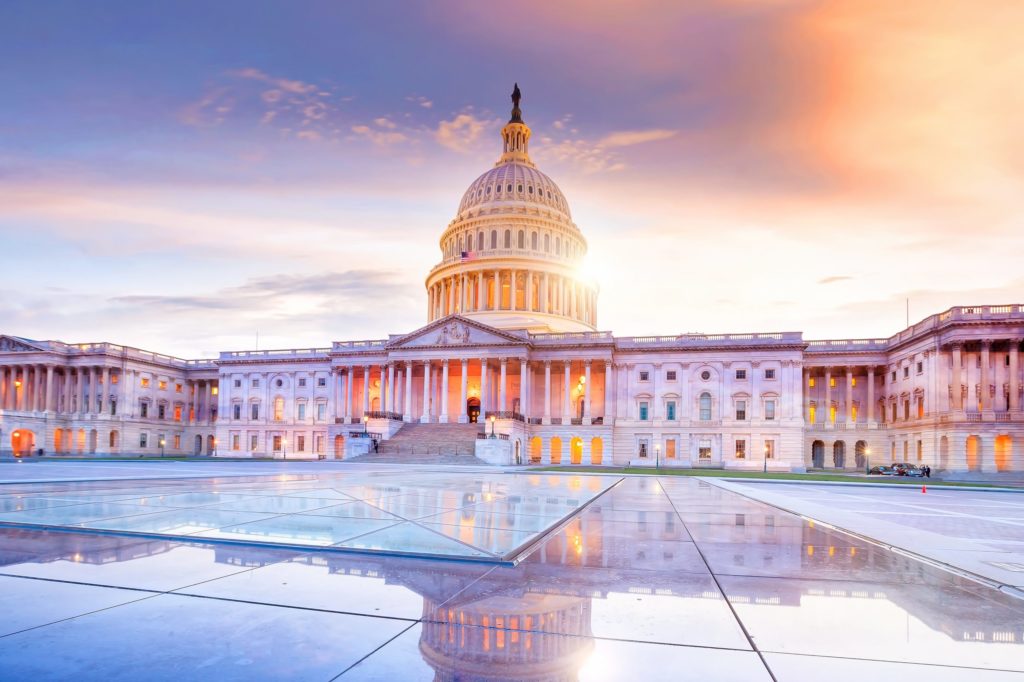Shoring up Florida’s property insurance market
Hurricane Wilma’s Oct. 24, 2005, landfall in Collier County capped an historic two-year period during which Florida reeled under the unrelenting blitz of seven back-to-back major hurricanes. Six of these storms were, at the time, among the 10 costliest ever to strike the United States.
Florida has subsequently enjoyed a hurricane-free decade, representing the longest period on record without a tropical cyclone making landfall in the state. There are no meteorological explanations as to why Florida has experienced this unprecedented streak of good luck. Florida’s position as a low-lying tropical peninsula jutting 500 miles into the most hurricane-active waters in the world is the same today as it was 10 years ago or 100 years ago. Indeed, many scientists believe climate change will only increase the severity and incidence of storms in the future.
While the state’s geography and risk profile haven’t changed, its built environment and the number of lives and amount of property at risk of hurricanes have grown dramatically. Though the state’s population shrank slightly during the Great Recession, it has almost tripled since 1970 and is continuing to grow. At more than 19.9 million residents, Florida recently surpassed New York to become the third-most-populous state in the nation. Florida’s total coastal exposure now stands at more than $2.9 trillion, with more property at risk than all of the other “hurricane alley” states (Louisiana, Virginia, Texas, North Carolina, South Carolina, Georgia and Mississippi) combined.
This concentration of population and property in high-risk coastal areas, in addition to the costs associated with the 2004 and 2005 storm seasons, all contributed to property insurance premium increases in the years following Wilma. As of 2012, the average Florida homeowner’s property insurance policy premium was $2,084, more than double the national average of $1,034.
More recently, however, events in the global financial markets have had a transformative effect on Florida’s property insurance market. In the aftermath of the 2008 financial crisis, global investors began looking for ways to diversify their portfolios. They discovered that gains or losses in the catastrophe and reinsurance markets were not tied to global economic cycles. In short: hurricanes, earthquakes and other catastrophes strike at random, uncorrelated with the ups and downs of the rest of the economy.
This has resulted in capital flooding into catastrophe markets, which in turn have produced new and innovative risk-transfer products and seen fierce competition among traditional reinsurers. Primary insurers have been able to write more policies, as they are able to transfer more risk to the private reinsurance market at affordable rates. Despite major losses in Japan and elsewhere in recent years, experts believe global reinsurance pricing will continue to soften. Indeed, the catastrophe market is so awash in capital that many reinsurers have announced stock buybacks to return cash to investors, as they simply can’t find enough opportunities to deploy capital profitably.
Florida has benefited handsomely from this “buyers’ market.” The state-run Citizens Property Insurance Corp., for instance, has shed more 1 million policies since 20129 and lowered its overall exposure by more than 60 percent over the past four years. This is due, in large part, to the organic migration of policies to private companies. In 2014 alone, 416,623 Citizens policies were transferred to private companies through Citizens’ depopulation program. Citizens projects that its policy count will be slashed to no more than 450,000 policies by year-end 2016, from a high of 1.5 million in 2012.
Additionally, Citizens itself has taken advantage of low reinsurance rates to transfer some of its enormous hurricane risk to the private market. This investment has almost completely eliminated the once-ominous threat of assessments on state taxpayers. In 2014, Citizens transferred $3.27 billion of its coastal risk to private reinsurers for about $216 million; this year, the total was more than $3.9 billion of risk transfer, at a cost of just $201 million. In sum, Citizens bought $640 million more in reinsurance protection for about $15 million less.
The Florida Hurricane Catastrophe Fund (Cat Fund) also has taken advantage of historically low global reinsurance rates. In early 2015, the State Board of Administration (SBA) approved a $2.2 billion risk-transfer package, which included $1 billion in reinsurance protection.
Provided that Florida’s unprecedented hurricane “drought” extends through the remainder of the 2015 season, the Cat Fund expects to hold an estimated surplus of $12.8 billion, the result of 10 years of fair-weather hoarding. Coupled with its purchase of reinsurance and pre-event bonds, this surplus has for the first time allowed it to be fully funded up to its $17 billion statutory limit without the need for post-hurricane debt or, by extension, taxpayer-funded assessments.
Government has a responsibility to foster a competitive environment among private insurers. To do so, it must regulate the industry sensibly in ways that ensure consumers’ legitimate claims are fully paid in a timely manner. However, a healthy and affordable property insurance market may also be greatly helped or hindered by forces like nature and the global economy, which lie completely outside the control of politicians, insurance companies or policyholders. In this vein, fortune has greatly favored Florida over the past decade.
Ten years ago, Floridians were recovering from the unprecedented series of hurricane strikes and reeling from high insurance and reinsurance rates. No one at the time could predict the state would be granted an unprecedented, decade-long reprieve by Mother Nature, while simultaneously enjoying the most favorable global reinsurance and catastrophe market in memory.
Yet despite this remarkable streak of combined luck, average property-insurance premiums are still on the rise in some parts of Florida. Consumers have legitimate concerns when they ask why this is the case, when insurance companies have had a decade to save up for the next strike.
It appears human behavior and cost drivers disconnected from the state’s most obvious risk factors continue to drive some insurance rate increases. According to the New York-based Insurance Information Institute, non-catastrophe claims have increased roughly 17 percent per year over the past decade, and are growing rapidly both in frequency and in severity.









